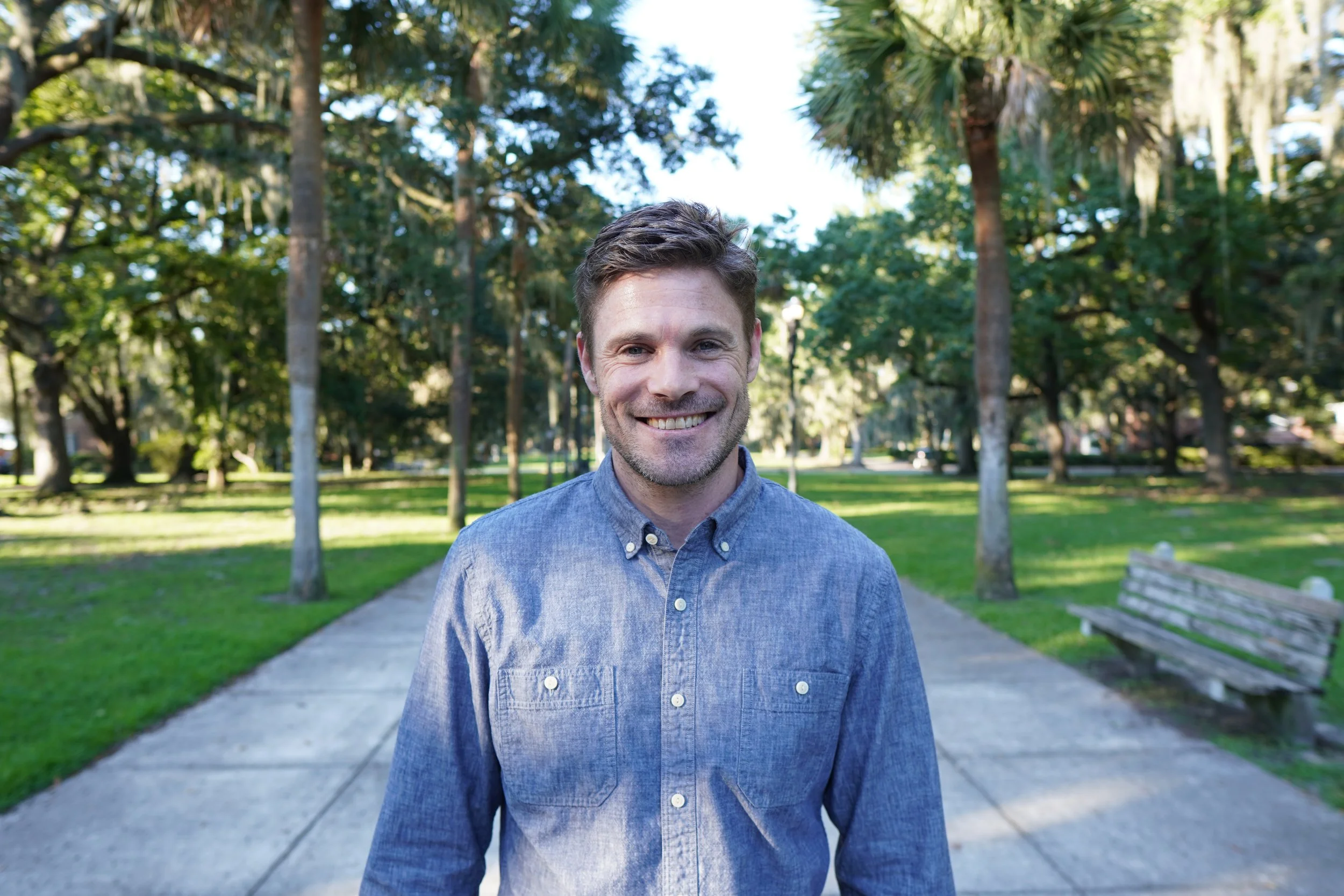
Ryan Gallagher, LAc, DSOM
Hi there! I’m Ryan. I’m a licensed acupuncturist, somatic guide, and instructor of meditation and Qigong.
Here are a few of my qualifications:
• Bachelor of Arts (BA), Georgetown University, Washington, DC
• Doctor of Science in Oriental Medicine (DSOM), National University of Natural Medicine, Portland, Oregon
• Licensed acupuncturist (LAc)
• Tao of Trauma graduate
• Somatic Experiencing trainee
As a young adult, a personal history of trauma and illness led me to explore a variety of healing systems. These days, I use what I’ve learned to help those who are seeking more ease and well-being.
My formal training began with Heiner Fruehauf’s rigorous Traditional East Asian Medicine doctoral program at the National University of Natural Medicine in Portland, OR. Here, I studied with masters of acupuncture, herbalism, and Qigong. Upon graduation, I was awarded “Best Capstone Project” for my work on the treatment of trauma with traditional medicine.
Since moving back to the East Coast in 2017, I’ve synthesized my traditional medicine training with a modern approach to regulating the nervous system, using the somatic techniques found in the Tao of Trauma and Somatic Experiencing trauma-healing models.
So, I bring together the traditional and the modern, East and West.
In my individual sessions, I offer “needle-free” acupuncture and somatics. I also provide personal and group instruction in meditation and Qigong.
To learn more about sessions with me, click here. (And make sure to subscribe to my newsletter to stay up-to-date on my offerings!)
Whatever form of “dysregulation” you’re dealing with—whether it’s anxiety or depression, physical pain or digestion problems, sleep issues or any other disturbance—I aim to nurture your body-mind system, helping you move in the direction of health and well-being.
Scroll down to learn more about the primary influences on my approach: traditional East Asian medicine; polyvagal theory; and the meditative arts.

Traditional East Asian Medicine
I’ve been studying traditional East Asian medicine since 2009, learning from renowned teachers like Heiner Fruehauf, Joon Hee Lee, and Bob Quinn. Recent influences on my approach include Thomas Sorensen (Japanese Meridian Therapy), Alaine Duncan (trauma-informed medicine), and Damo Mitchell (Neigong). I’ve been in practice since 2017.
At the heart of traditional East Asian medicine are the Five Elements. Early Chinese Daoists explored the human psyche and recognized five distinct patterns, which became known as Water, Wood, Fire, Earth, and Metal. These elemental gestures are active at all levels of existence, from the lifespans of the smallest organisms to the changing of the seasons to the movements in the heavens above.
In the human being, each of the Five Elements correlates with certain internal organs, body regions, emotions, and more. When the cycle of the elements goes awry, we experience disharmony in our bodies and minds. My role is to be sensitive to the Five Elements in each individual client, and to provide the appropriate support to help re-establish the smooth flow of the cycle, so that the person can feel resourced and whole.
These days, I use the style of acupuncture known as Japanese Meridian Therapy, a gentle yet effective approach. Learn more about my acupuncture sessions on the Sessions page.

Polyvagal Theory
Polyvagal theory tells us that our nervous system has three states:
1. Connection (where we feel safely engaged with our life)
2. Hyper-arousal (where we get really ramped up)
3. Hypo-arousal (where we feel shut down and disconnected)
When we’re feeling unsafe, we move into hyper-arousal or hypo-arousal; they help us defend ourselves against a perceived threat. So, we can think of these two states as “protection mode.” It’s here, in protection mode, that we experience the survival responses of fight-or-flight, freeze, and collapse.
On the other hand, “connection” refers to the state of feeling safely engaged with our life—with our own inner experience; with our outer environment; and with other nervous systems. It’s here, in connection mode, that we can access ease, security, belonging, wholeness, vitality, and resilience.
Both connection and protection are essential. However, many of us get stuck in protection mode. This leaves us feeling “too up” or “too down”—chronically anxious or depressed. The nervous system has “forgotten” its capacity for feeling safely connected.
My somatic sessions are designed to support you in building new pathways into safe connection. My role is to help you “remember” how to make connection mode your home, using body-based awareness exercises and touchwork.
This approach stems from my many years of exploration in the healing arts, including my training in the Tao of Trauma and Somatic Experiencing systems.
I’ve written a series of articles on polyvagal theory here. And I have an online polyvagal course called Homecoming, which you can check out here!

The Meditative Arts
I’ve been studying and practicing meditation since 2004, when I began a two-year residency at a Buddhist monastery.
To me, stabilized attention is the most important skill that a person can develop. When our awareness is stable, we start seeing things more clearly. And when we see clearly, we make wise decisions—decisions that serve our well-being and the well-being of those around us.
I help clients hone this skill of stabilized attention—in particular, I help them develop the capacity to really “listen” to their bodies. Becoming deeply attuned to one’s own body can be an essential part of the healing process.
I offer instruction in both meditation and Qigong (a form of mindful movement), in individual sessions as well as in group classes. Learn more on the Sessions page. (Oh, and I also offer an online Qigong course called Elemental Movements, which you can find here.)
Intrigued? Learn more!


